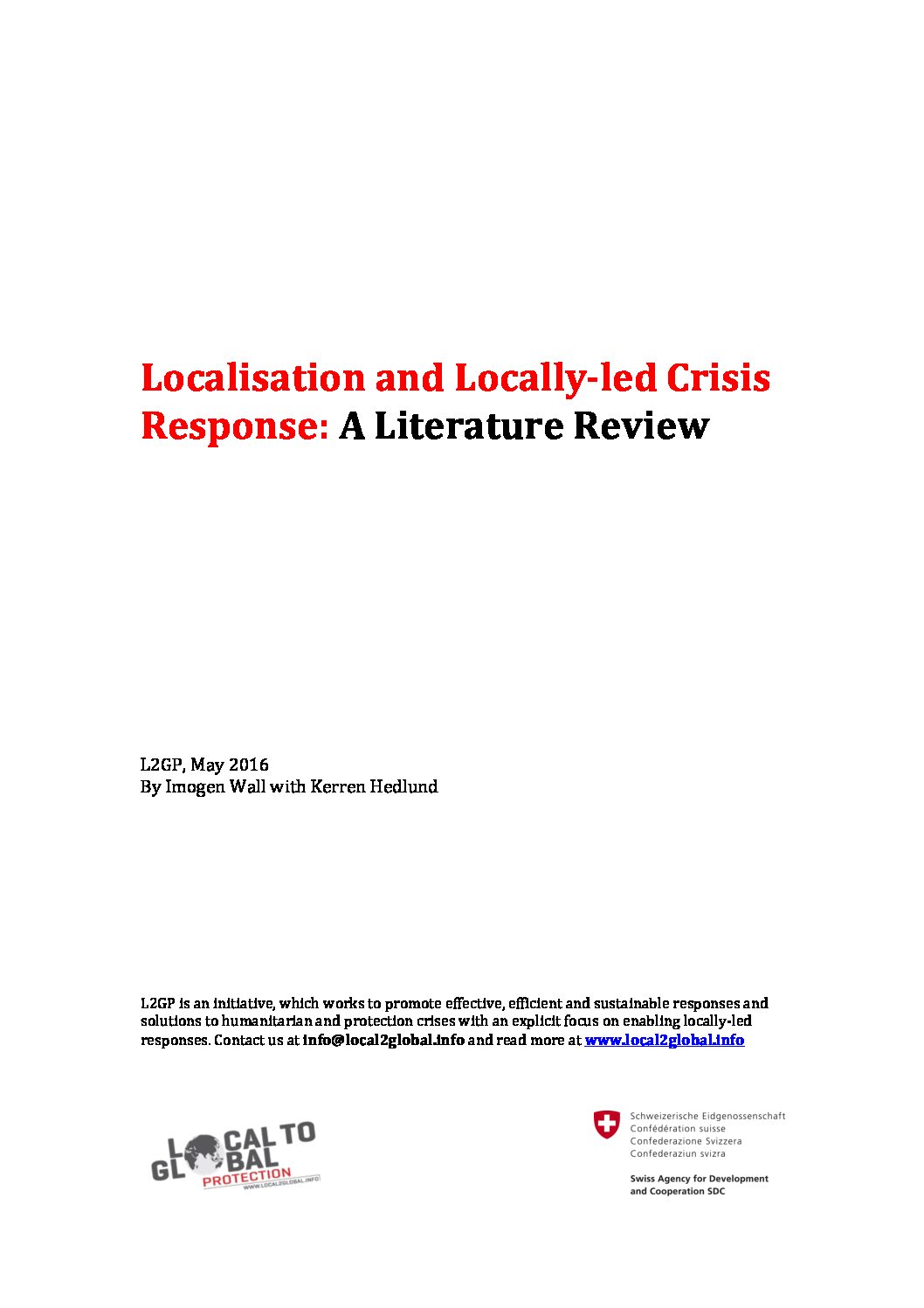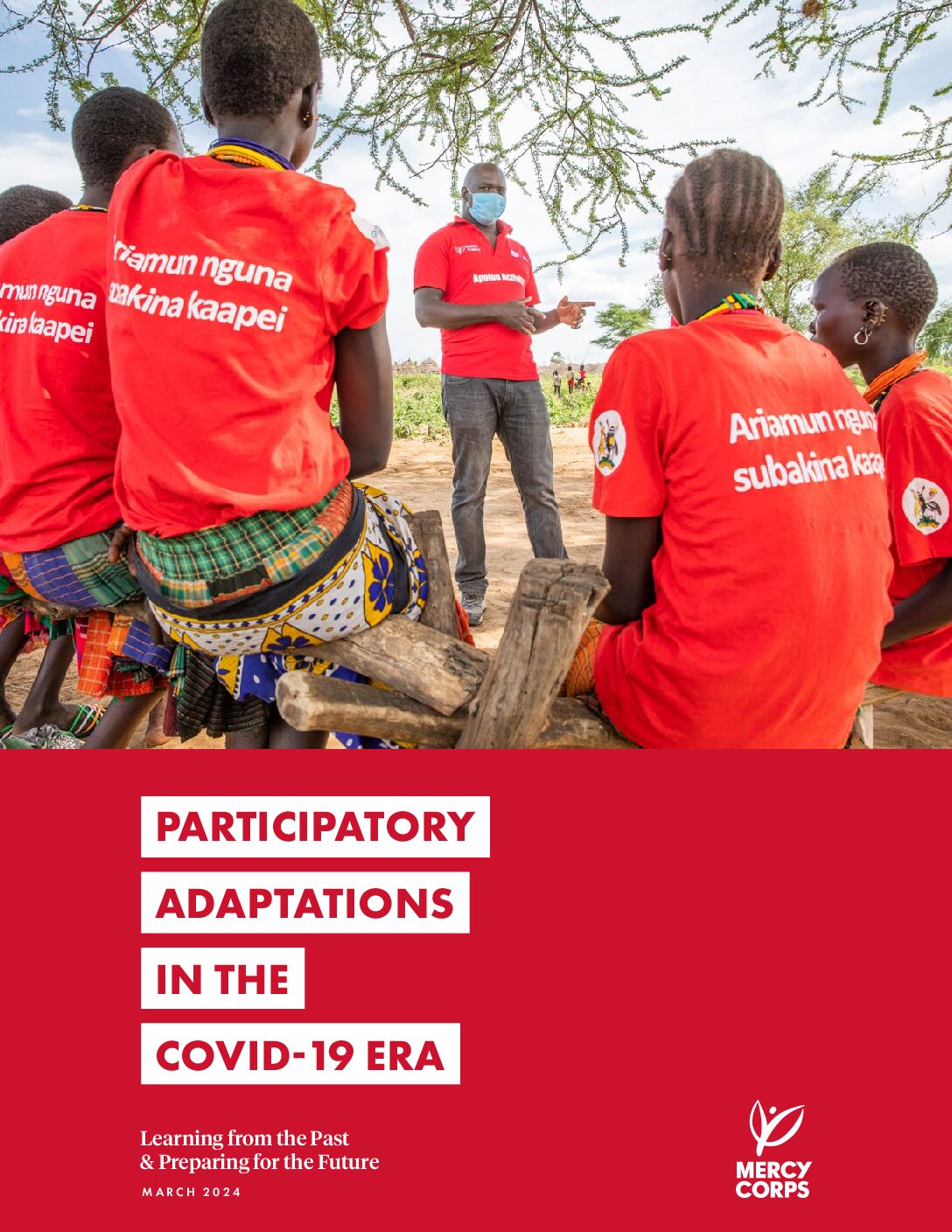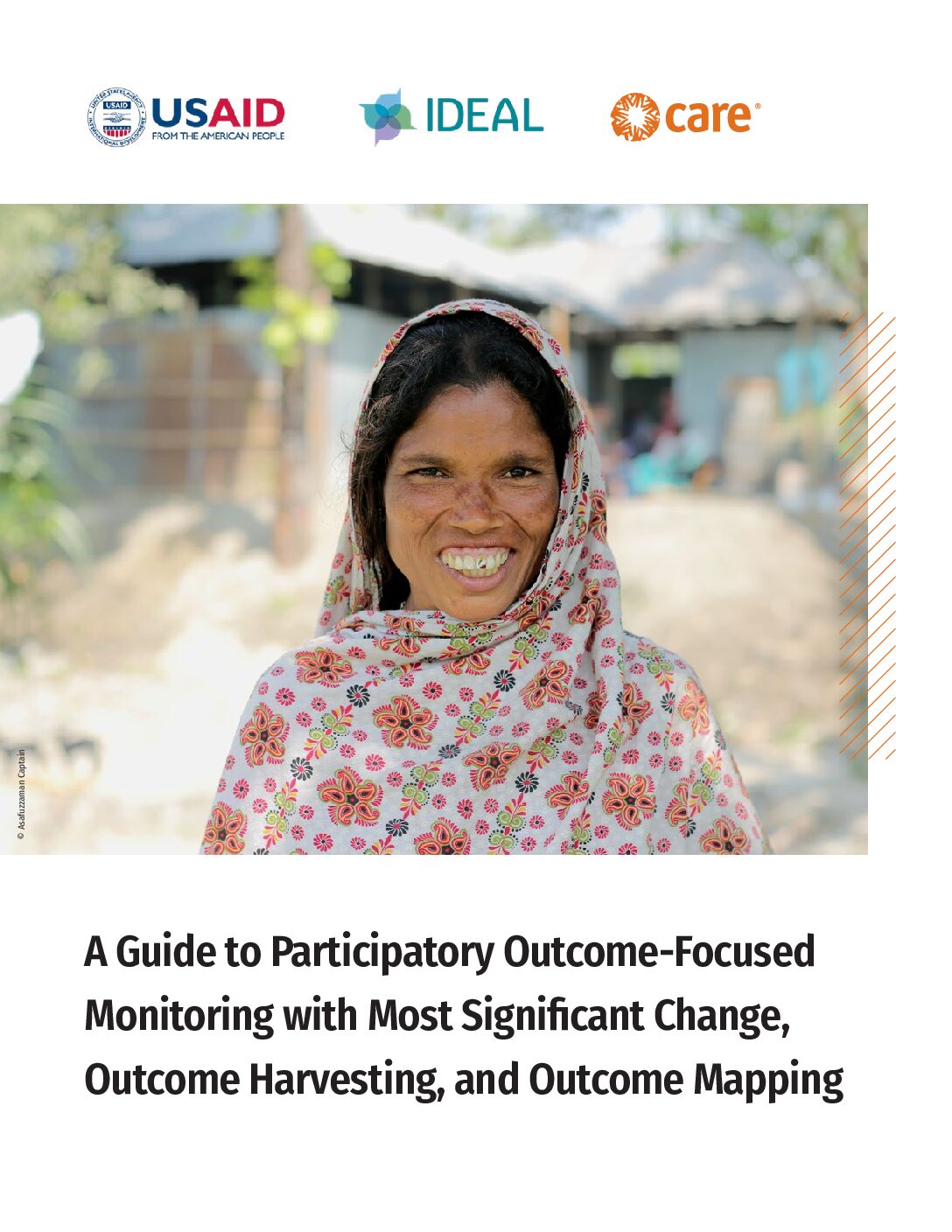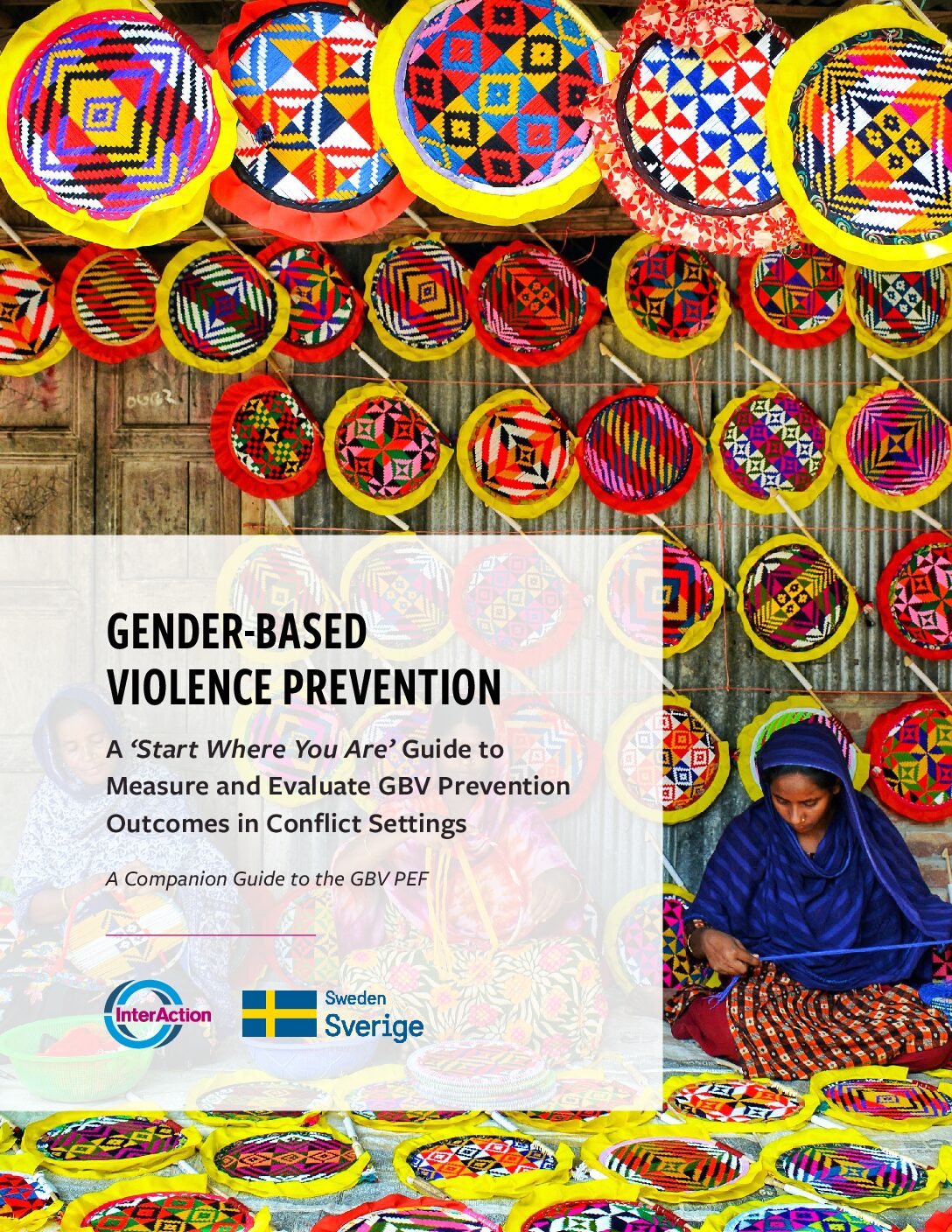This review of existing literature explores the meaning of the term “localization” and how it differs from “locally-led”, underscoring the importance of using the correct terminology to describe our work. The review notes that much of the discourse on localization and locally-led response describes the perceived barriers and challenges with little exploration of what works and does not work in ensuring that local actors are at the center of response. For results-based protection, we have highlighted the importance in identifying and building on “locally-led” response – those actions that are conceived of and shaped by affected populations themselves. For our purposes we’d like to highlight a few interesting points from the review as they relate to locally-led response:
- The humanitarian system is in theory already committed to locally-led responses (e.g. policy and commitments to do so), but this rarely translates into practice
- One of the few sectors in which external agencies have made some attempt to support and study locally-led work, including relationships between local strategies, is in protection, particularly in conflict areas. Otherwise, the limited literature from humanitarian settings focuses overwhelmingly on the relationship between local and international actors.
- Case studies, particularly those developed by L2GP, demonstrate innovative, supportive work to support local responses is possible even in large-scale sudden onset crises. Key factors identified include:
- A central role for local actors in designing and implementing support
- Resource transfers that allow for flexibility and decentralized decision-making
- Investment in relationship-building with local actors
- Technical support with a focus on mentoring rather than training approach
- Inclusion of local authorities where appropriate
- Communities often have different ideas of what constitutes protection compared to international actors, and failure to learn about and consider cultural/social/political contexts can mean that international agencies implement practices that actually do harm
- Supporting and strengthening at-scale locally-led response challenges the perception that “partnerships” have clear limitations of scale and coverage
- Innovative approaches to needs assessment can better triangulate data by using information available from communities’ own actions
- How we understand local is important given the multiplication of actors at different levels who may or may not be representative of the entire affected population, and especially those most vulnerable



